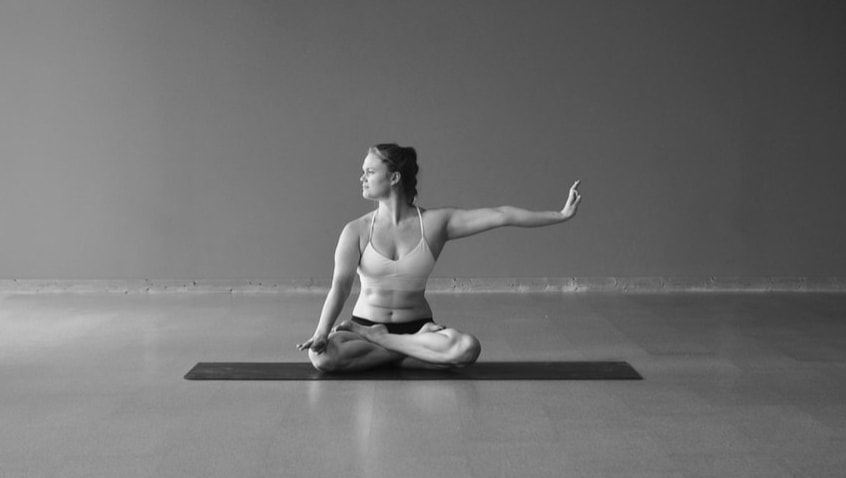|
Next time you are offended by someone else's words or actions, see if you can notice the separation you feel from them; that moment when you feel: "I am not you. We are so different." The sense of a separate self is strong in these moments. There is nothing that promotes and strengthens our sense of "I"-ness quite like other people, especially when we disagree with them.
Notice your own sense of rightness---even superiority---in these moments. We all experience it. This sense of "I" is called asmita, and according to the yogis it is one of the most powerful afflictions of the mind (Yogasutras 2.3). Normally, as we walk through everyday life, we aren't aware of this "sense of self." We just treat it as our deepest identity, and it informs our interactions with the world, people and ideas. Once we witness the separateness we feel, what are we supposed to do? As with many things in yogic practice, awareness is half of the battle. Once we become mindful of this "sense of self" that defines our identity, we begin to see it everywhere. It is there in both agreement and disagreement, and even in our quietest moments of self-reflection. This "I"-ness is our mind's creation of who we are, who we are not, and who we want to be. The goal is not to avoid offense. The goal is to realize this tendency in ourselves, and then to explore and deconstruct the conditioning that has created our "sense of self." This is why getting offended is so illuminating. When we feel offense, it is because we have a strong sense of "I"-ness that is conflicting with the other point of view. The "I"-ness is what we want to pursue, not the offense or the point of view that brought it on. When we explore our own sense of self and our beliefs about right and wrong, we often find that they are constructions that were taught to us by parents, teachers or society at large. The beliefs we take for granted most are the ones that call for the deepest consideration. So next time you get offended, use it as a mirror to understand your "self" better.
0 Comments
Leave a Reply. |
AUTHORSScott & Ida are Yoga Acharyas (Masters of Yoga). They are scholars as well as practitioners of yogic postures, breath control and meditation. They are the head teachers of Ghosh Yoga.
POPULAR- The 113 Postures of Ghosh Yoga
- Make the Hamstrings Strong, Not Long - Understanding Chair Posture - Lock the Knee History - It Doesn't Matter If Your Head Is On Your Knee - Bow Pose (Dhanurasana) - 5 Reasons To Backbend - Origins of Standing Bow - The Traditional Yoga In Bikram's Class - What About the Women?! - Through Bishnu's Eyes - Why Teaching Is Not a Personal Practice Categories
All
Archives
May 2024
|







 RSS Feed
RSS Feed